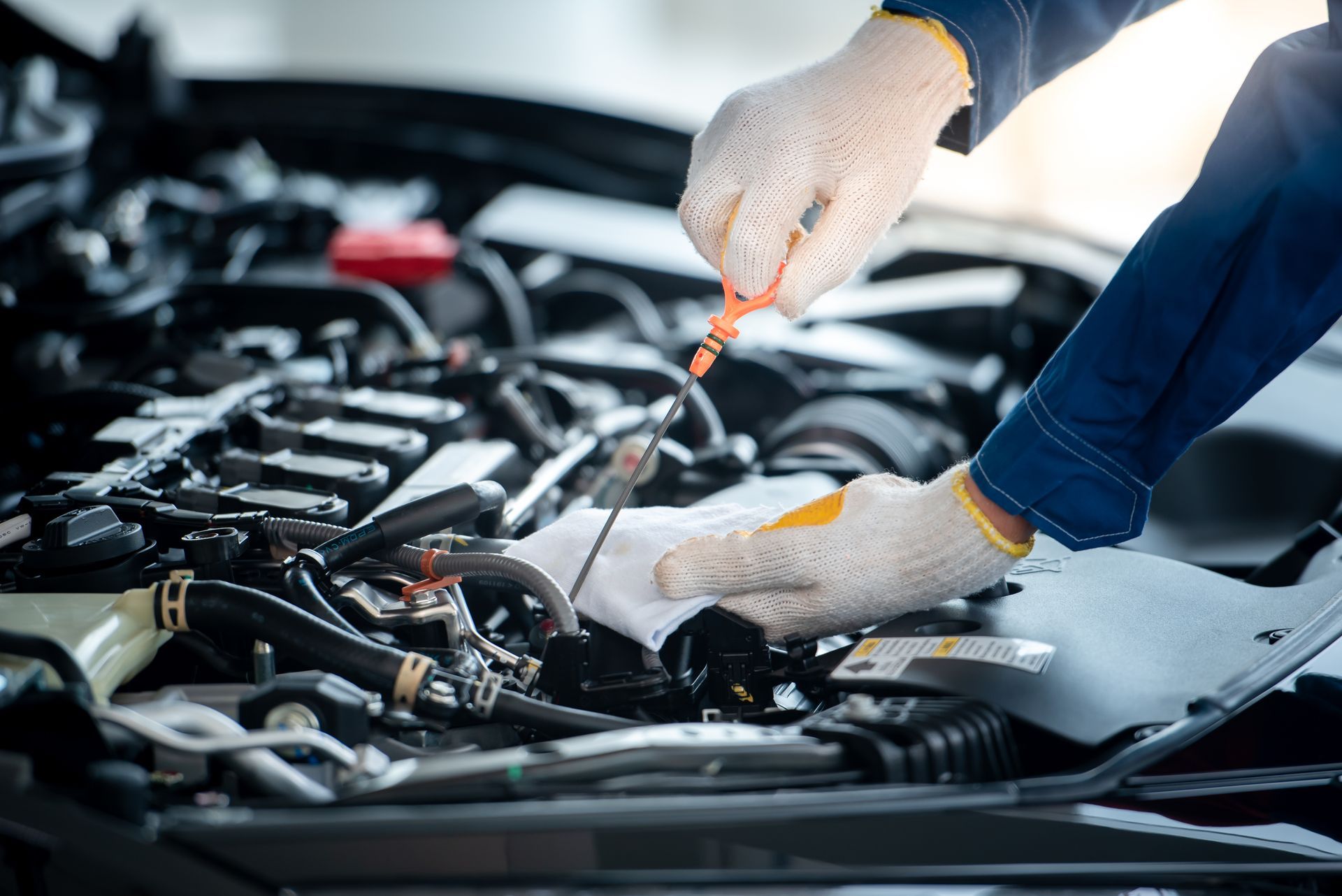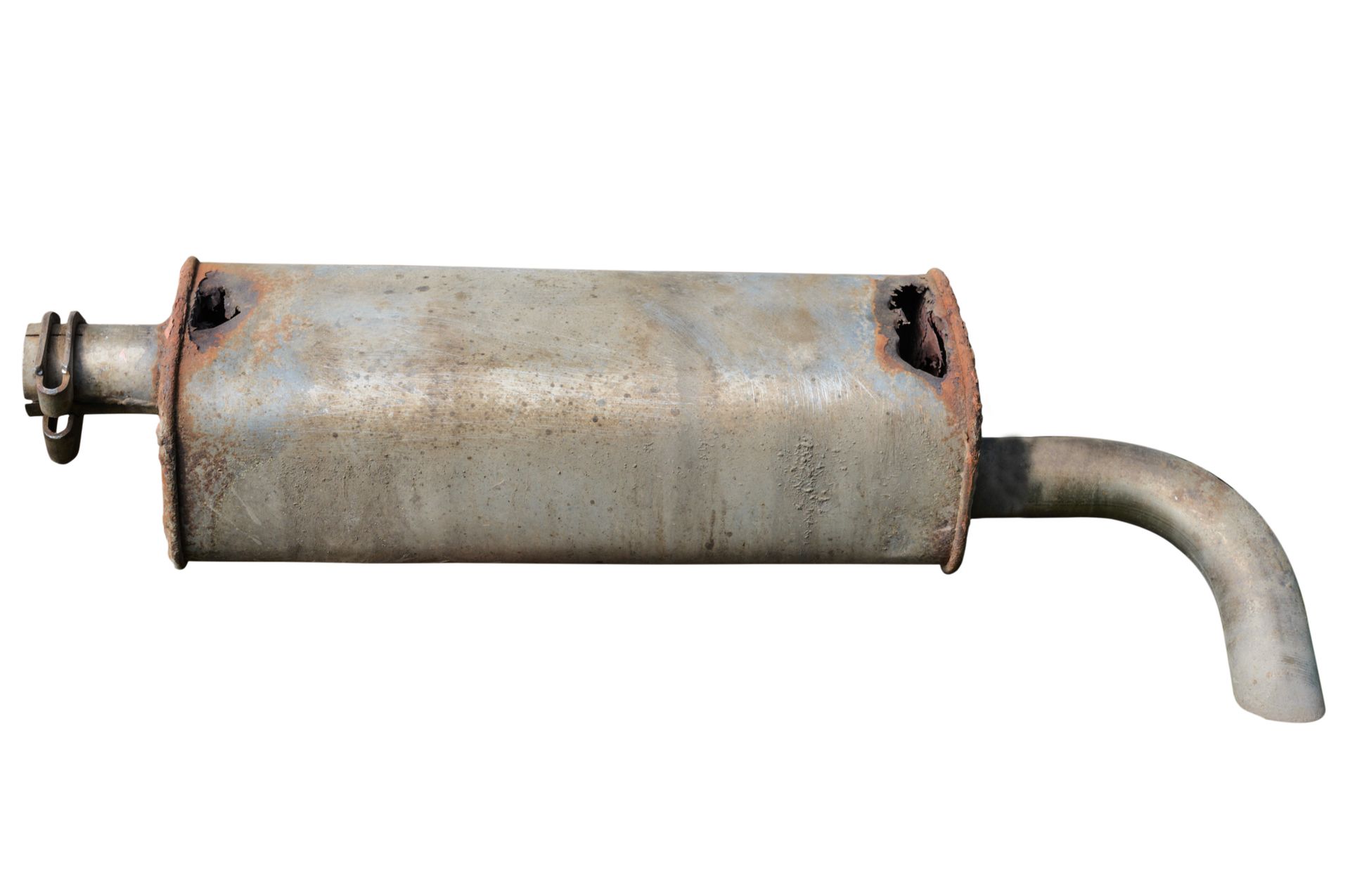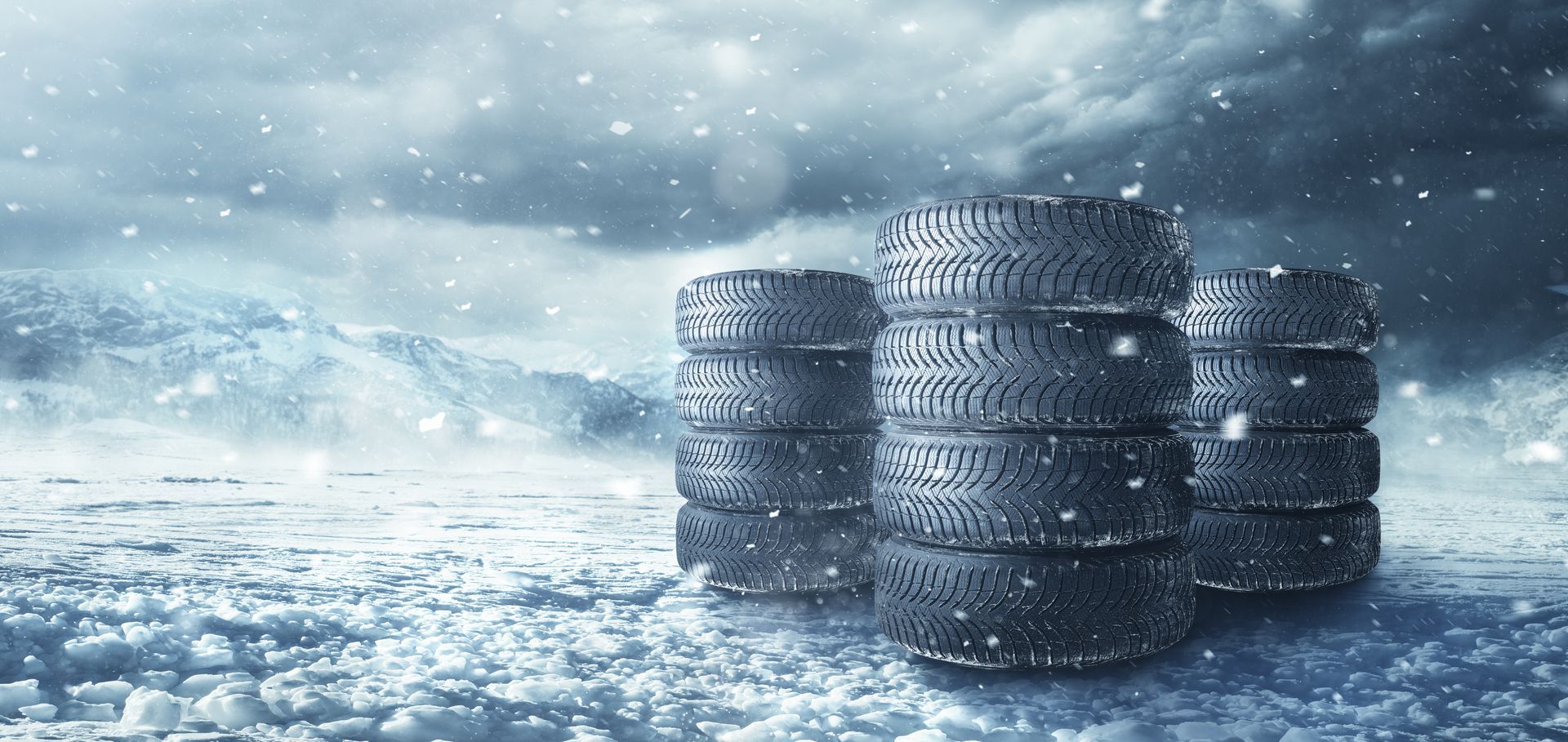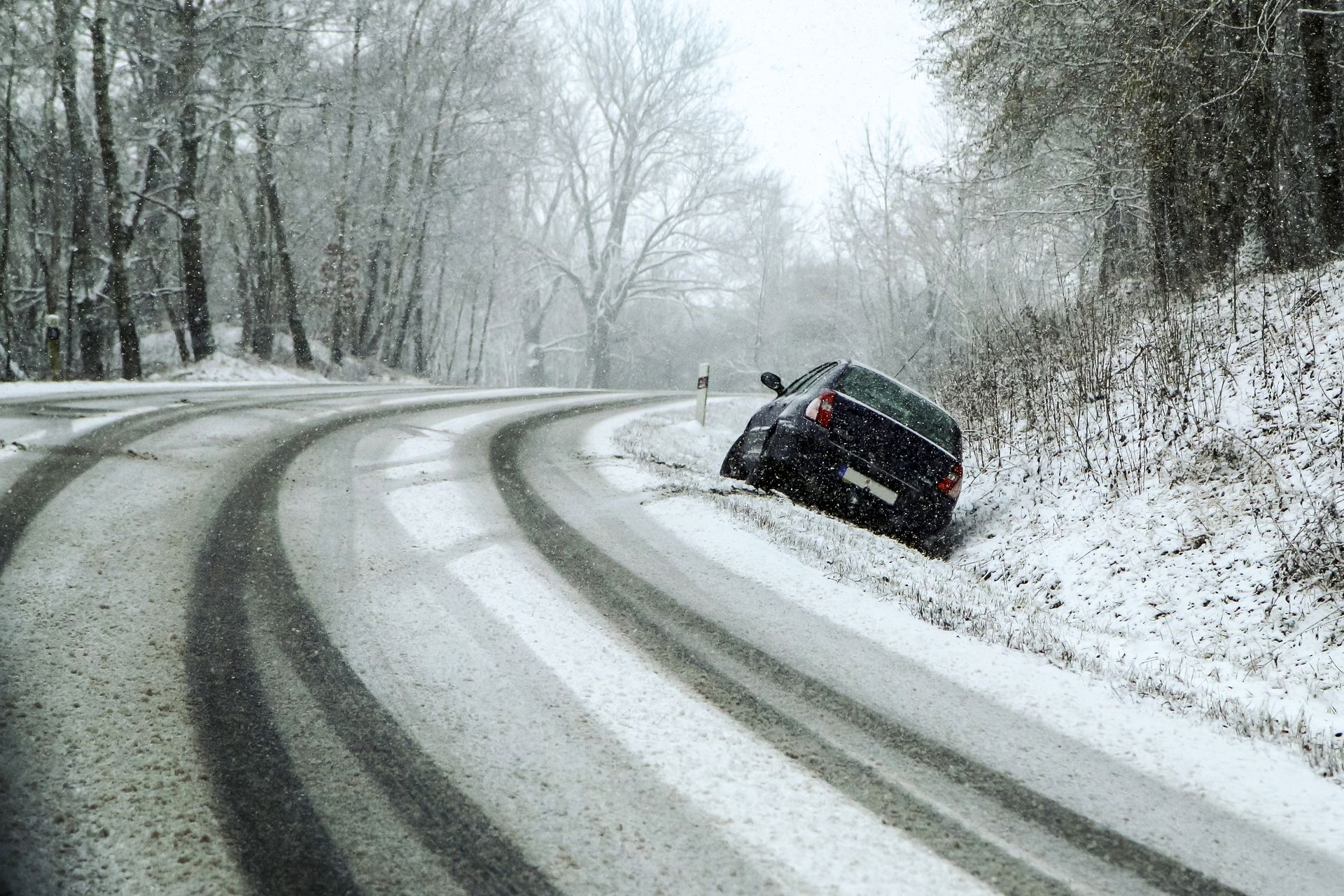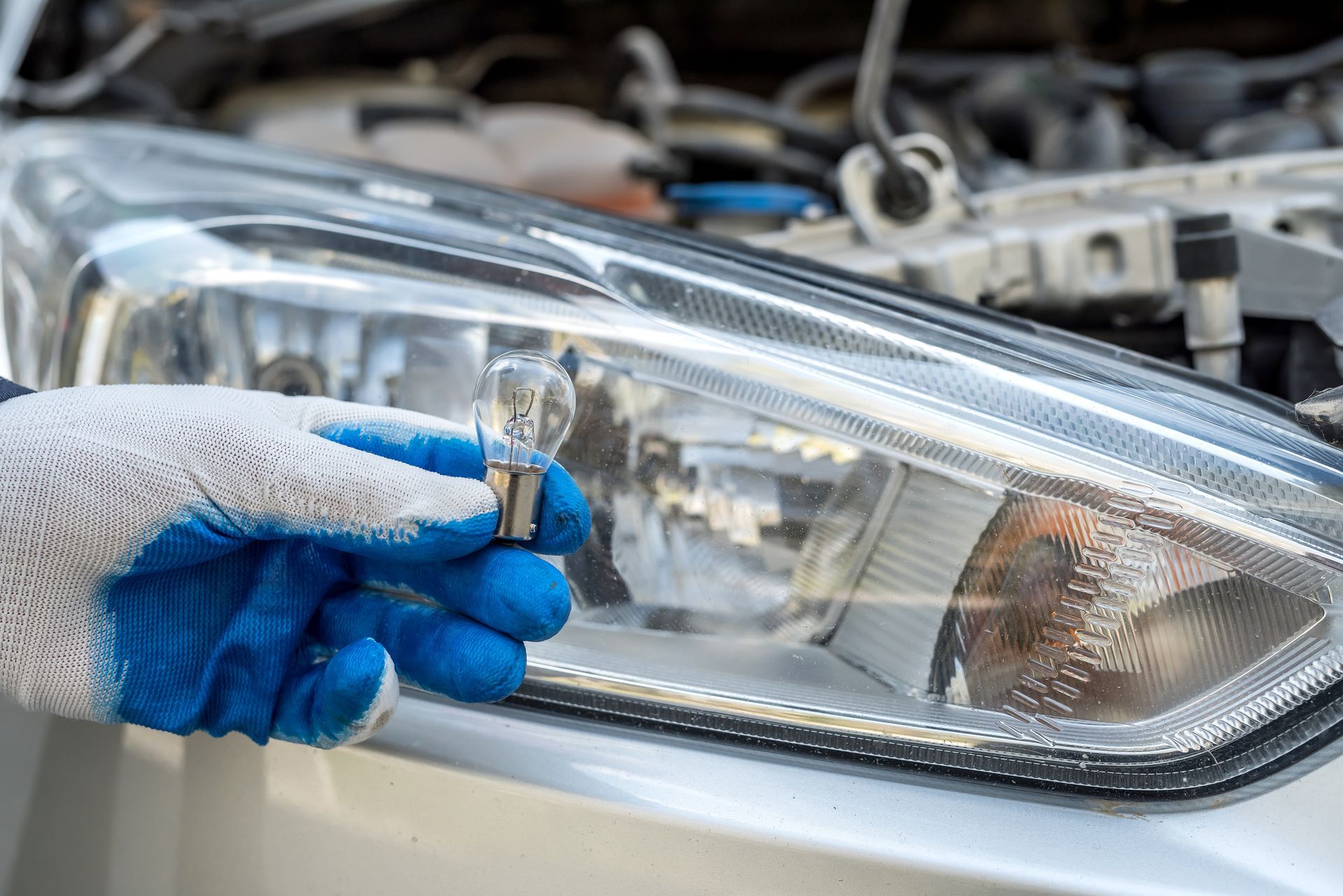Loading ...
Missing business hours data / Error occurred while getting the data.
Loading ...
Missing business hours data / Error occurred while getting the data.
Why Is Timing Belt Replacement Important?
October 30, 2024
Your car’s engine is made up of several moving parts that must work together in perfect harmony to keep your vehicle running. One of these components in this system is the timing belt, and it plays an integral role in ensuring the engine functions properly. But why is timing belt replacement so important? Failing to replace it on time could lead to major engine damage, costly repairs, or even total engine failure. We'll explain why maintaining your timing belt is important for your vehicle's health and performance.
The Role of the Timing Belt
To understand the importance of the timing belt, you need to know what it does. The timing belt is responsible for synchronizing the camshaft and crankshaft of your engine. This synchronization ensures that the engine's valves open and close at the right moments during each cylinder's intake and exhaust strokes. In simpler terms, the timing belt keeps your engine’s parts in sync, allowing it to run efficiently and preventing any serious damage. Without it, the engine can’t function properly, and the results could be disastrous.
What Happens When the Timing Belt Fails
So, what happens if the timing belt snaps or wears out? Unfortunately, it’s not something you want to experience while driving. If the belt breaks, the engine’s components lose their synchronization, and that’s when the real trouble starts. In many vehicles, a broken timing belt can cause the pistons to collide with open valves, resulting in bent or broken valves, damaged pistons, and possibly even a destroyed engine block. The cost of repairing these damages can be astronomical compared to the relatively low cost of replacing the timing belt.
Timing belt failure can also leave you stranded, as the engine won’t be able to run at all if the belt breaks. That’s why it’s essential to follow the manufacturer’s recommended replacement intervals for your timing belt. This isn’t something you want to procrastinate on, as the potential damage far outweighs the cost of preventative maintenance.
When Should You Replace Your Timing Belt
Timing belts don’t last forever, and they have a set lifespan. Most car manufacturers recommend replacing the timing belt somewhere between 60,000 and 100,000 miles, depending on the make and model of your vehicle. This range is based on the material of the belt and the conditions in which you drive it. Factors like extreme temperatures, heavy towing, or stop-and-go traffic can also accelerate the wear and tear on your belt, meaning you may need to replace it sooner.
One of the challenges with timing belt replacement is that there are often no obvious signs of impending failure. It doesn’t produce noise or visible wear like other parts, so it can be easy to forget. This makes staying on top of the recommended maintenance schedule even more crucial. Don’t wait for your timing belt to fail—by then, it could be too late to avoid significant damage.
Signs Your Timing Belt Needs Attention
While timing belts don’t usually give you many warnings before failing, there are a few signs that could indicate an issue. Being aware of these can help you avoid a total breakdown:
- Ticking Noise from the Engine: If you hear a ticking sound coming from the engine, it could be a sign that the timing belt is wearing out or becoming misaligned.
- Engine Misfires: If the timing belt slips or becomes loose, it may cause the engine to misfire. This is because the valves won’t be opening and closing at the correct intervals, disrupting the engine’s combustion process.
- Oil Leaks: A worn timing belt cover or damaged gasket could cause oil to leak into the timing belt housing, which can speed up the wear on the belt itself.
If you notice any of these signs, it’s essential to have your timing belt inspected as soon as possible. Catching the problem early can save you from much bigger issues down the road.
The Cost of Ignoring Timing Belt Replacement
The consequences of ignoring a worn timing belt can be severe. As mentioned earlier, timing belt failure can result in bent valves, damaged pistons, and even a ruined engine. The cost of repairing or replacing these parts can range from hundreds to thousands of dollars, depending on the extent of the damage.
On the other hand, replacing the timing belt at the recommended interval is a relatively inexpensive and straightforward process. Most repairs include replacing the belt, tensioner, and water pump (since it’s often located behind the timing belt and can be replaced at the same time for minimal additional cost). By investing in this preventative maintenance, you can avoid a much more costly and stressful situation.
Avoid costly engine repairs by replacing your timing belt on time. At
Shawnee Station Automotive, we offer reliable timing belt services to keep your car running smoothly. Give us a call today to schedule your visit!
Loading ...
Missing business hours data / Error occurred while getting the data.
Call Us:
Loading ...
Missing nap lines data / Error occured while getting the data.

